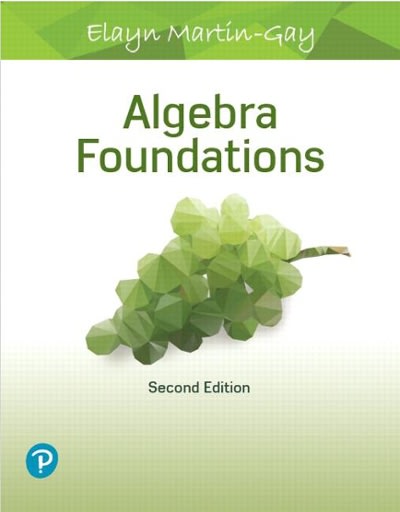Question
The following question involves a standard deck of 52 playing cards. In such a deck of cards there are four suits of 13 cards each.
The following question involves a standard deck of 52 playing cards. In such a deck of cards there are four suits of 13 cards each. The four suits are: hearts, diamonds, clubs, and spades. The 26 cards included in hearts and diamonds are red. The 26 cards included in clubs and spades are black. The 13 cards in each suit are: 2, 3, 4, 5, 6, 7, 8, 9, 10, Jack, Queen, King, and Ace. This means there are four Aces, four Kings, four Queens, four 10s, etc., down to four 2s in each deck. You draw two cards from a standard deck of 52 cards without replacing the first one before drawing the second.
(a)Are the outcomes on the two cards independent? Why?
Yes. The events can occur together.
No. The probability of drawing a specific second card depends on the identity of the first card.
No. The events cannot occur together.
Yes. The probability of drawing a specific second card is the same regardless of the identity of the first drawn card.
(b)Find P(ace on 1st card and king on 2nd). (Enter your answer as a fraction.) (c)Find P(king on 1st card and ace on 2nd). (Enter your answer as a fraction.) (d)Find the probability of drawing an ace and a king in either order. (Enter your answer as a fraction.)
Step by Step Solution
There are 3 Steps involved in it
Step: 1

Get Instant Access to Expert-Tailored Solutions
See step-by-step solutions with expert insights and AI powered tools for academic success
Step: 2

Step: 3

Ace Your Homework with AI
Get the answers you need in no time with our AI-driven, step-by-step assistance
Get Started


